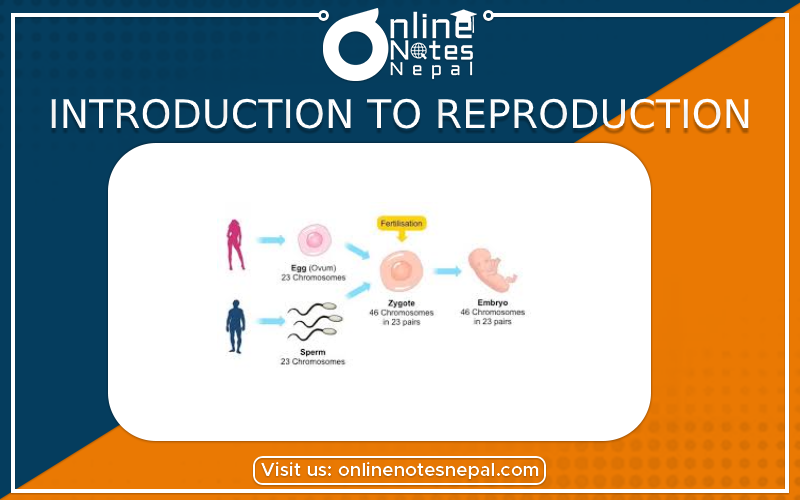Published by: Nuru
Published date: 06 Jul 2021

The reproduction without the fusion of males and female's gamete is called asexual reproduction.
Features
The reproduction by the fusion of male and female gamete is called sexual reproduction.
Features
|
Asexual |
Sexual |
| 1. Only one organism is involved. | 2. Both males and females are involved. |
| 3. Offsprings are genetically identical. | 2. Offsprings aren’t genetically identical. |
| 4. It completes in a short period of time. | 3. It completes in a long period of time. |
| 5. Mitotic cell division occurs. | 4. Meiotic cell division occurs. |
The organism which produces sperm is called male and which produces ovum is called female.
The organism that has a male and female reproductive organ in the different individuals is called a unisexual organism.
Example: human, rabbit, cow, e.t.c.
The organism that has male and female reproductive organs in the same individual are called bisexual organisms. They are called hermaphrodite.
Example: Hydra, Earthworm, e.t.c.
Gamete: The reproductive cell produced by the reproductive organ is called gamete. It is haploid(n) in nature.
The process of fusion of male and female gamete is called fertilization.
There are two types of fertilization, they are:
Zygote:
The new cell formed by the fusion of male and female gamete is called a zygote. It is diploid (2n) in nature.